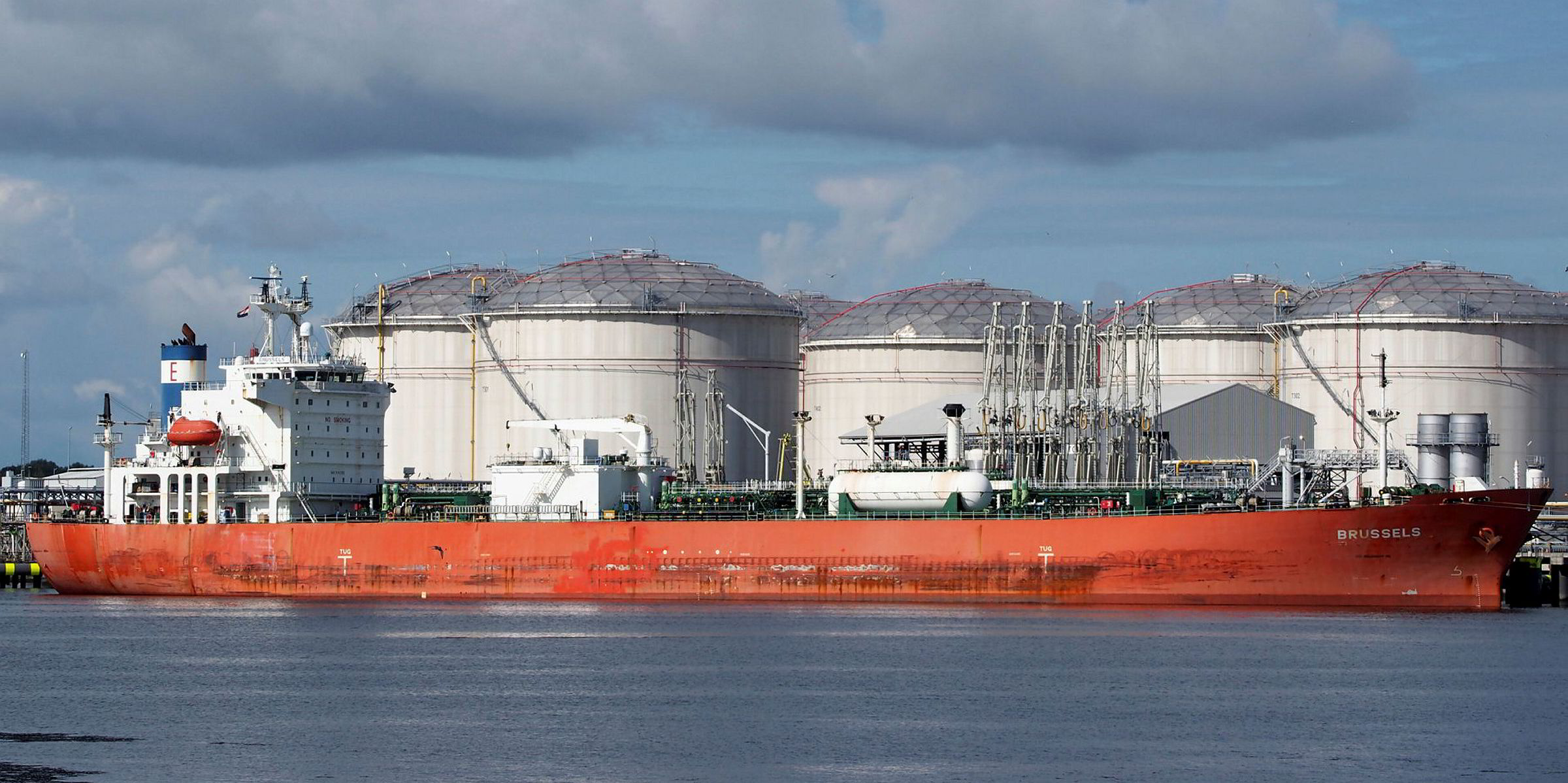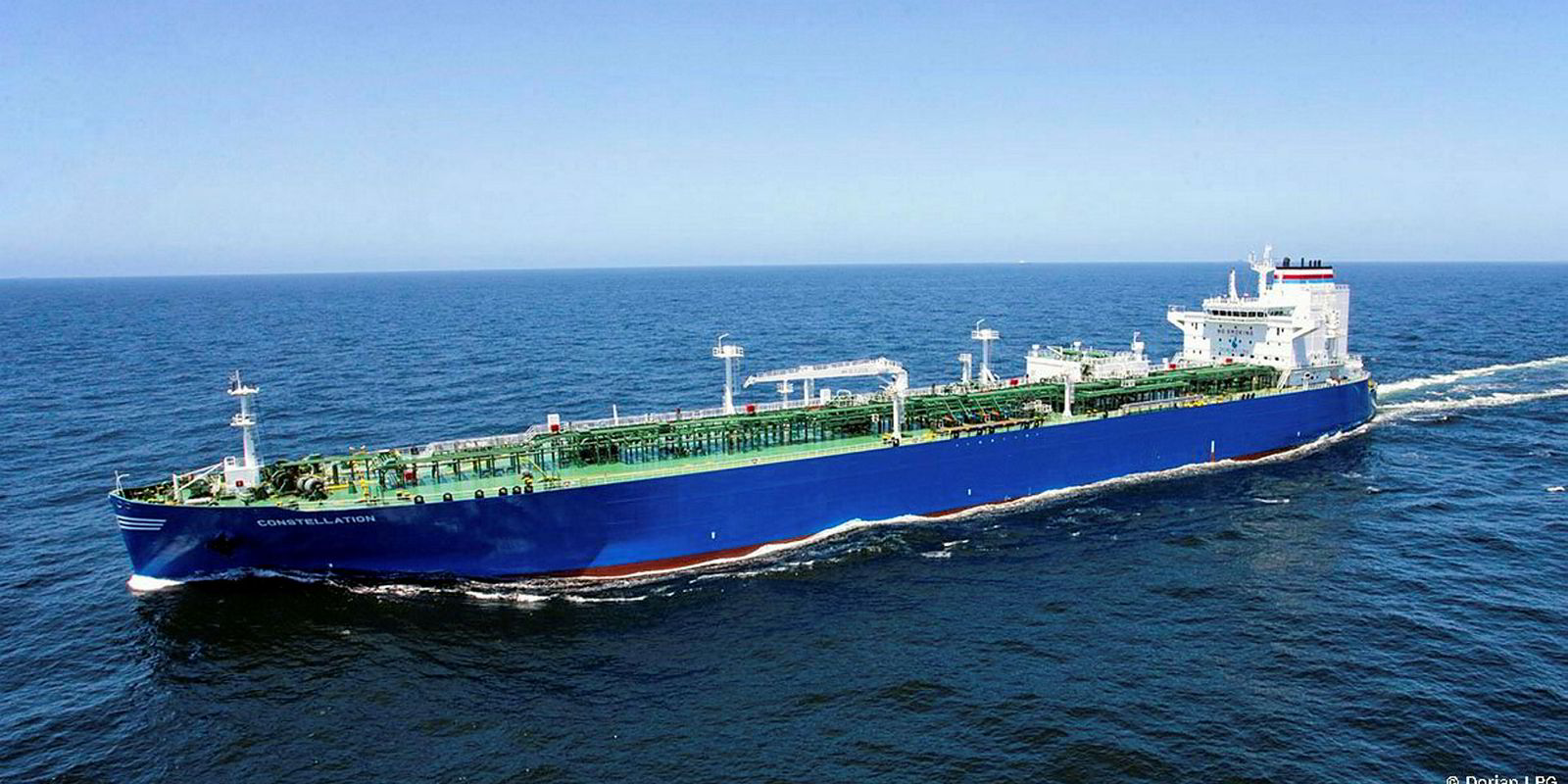On LPG fuelling, Pontus Berg is convinced of one thing. “It will be cheaper than [other 2020] compliant fuel,” BW LPG’s head of technical and operations says. “I’m certain of that.”
He says LPG today is either cheaper or, at worst, on a par with heavy fuel oil and definitely priced lower than the 0.1% low-sulphur fuel oil used in emission control areas and sulphur emission control areas, as well as whatever new blends come out in 2020.
According to Berg, estimates for 2020 also show that LPG/propane will be cheaper than any compliant fuel available for non-scrubber users.
“LPG is available everywhere,” he adds, pointing out that there are around 700 small LPG carriers, whose owners would be “thrilled” if there were a new market for supplying LPG as bunkers.
For those containership and large bulker operators considering LNG as a good way to meet 2020 compliance, he points out that LPG-fuelling systems are cheaper to install and maintain, and the fuel is easier to handle and more readily available.
“I’m not selling this product — unfortunately — but I cannot understand why it is not getting more widely spread,” he says.
Boil-off issue
Berg acknowledges that LNG might be slightly cheaper if it is being bought as bunkers, and it supplies a little more energy, but he says it is more complex to source and handle. There is also the issue of boil-off for LNG, particularly if a vessel is sitting idle for several weeks.
The use of LPG in a fully pressurised type-C tank does not have the same issues, he says.
Berg also points out the high costs of purpose-built LNG bunker vessels compared with a 5,000-cbm semi-refrigerated LPG carrier, which could do the bunkering work.
With an LPG retrofit, there will not be a “super-optimistic” six to eight months’ payback time as has been claimed for scrubbers. The payback period will be between three and five years, depending on the type of LPG system, with the size of deck tanks being the main cost. But then a vessel would be compliant everywhere, Berg says.
He believes LPG fuelling will become widespread in the years ahead. “Once this becomes commercially acceptable that LPG is a competitor in the market and people start discovering how easy it is to handle and use, and how available it is, then this is going to boom very quickly,” he says.






